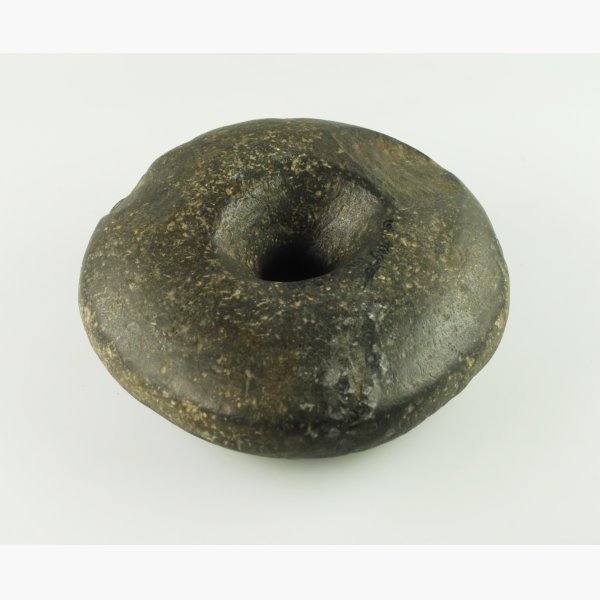
Mesolithic Macehead

Late Neolithic/Early Bronze Age Leaf-Shaped Flint Arrowhead

Late Neolithic/Early Bronze Age Barbed and Tanged Flint Arrowhead

Late Neolithic/Early Bronze Age Flint Knife

Late Neolithic/Early Bronze Age Flint Scraper

Late Neolithic/Early Bronze Age Flint Scraper

Neolithic Polished Stone Axe

Palaeolithic Flint Tool

Palaeolithic Blade-like Flint Flakes

Palaeolithic Flint Blade-like Flint Flake with Fossil

Mesolithic Flint Core

Palaeolithic Flint Blade with later re-working

